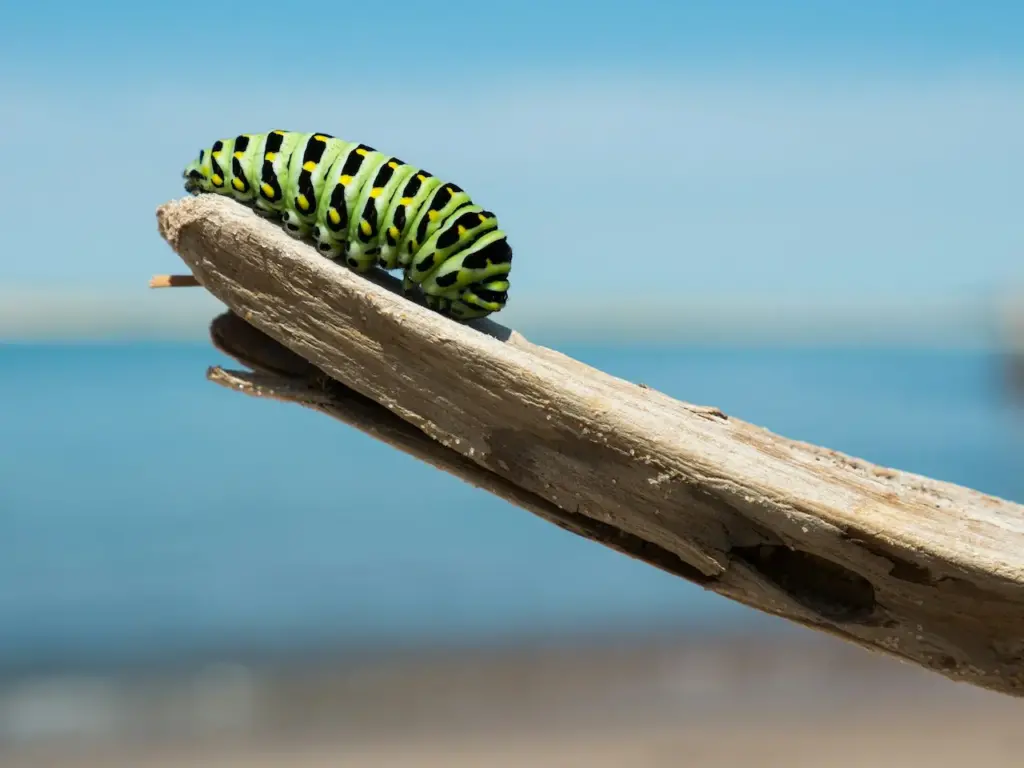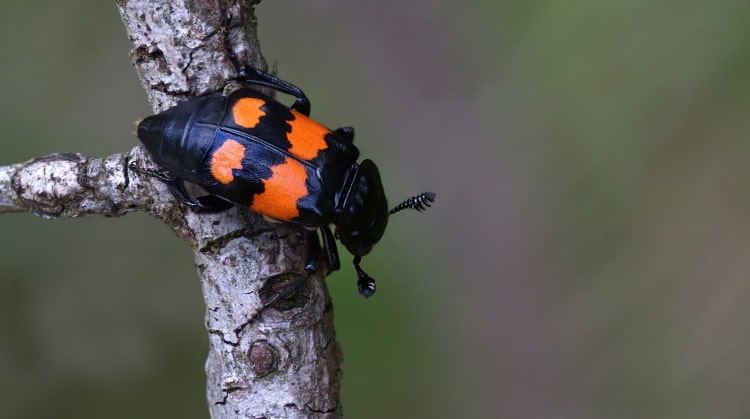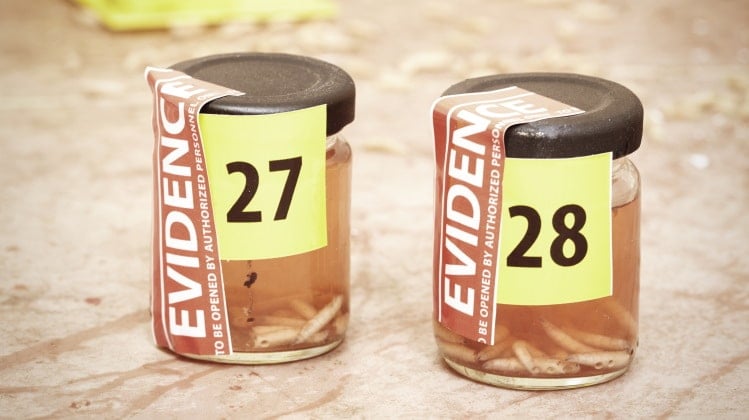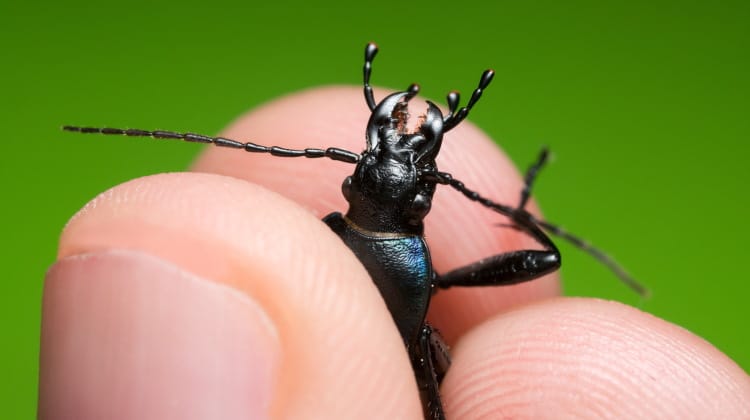What Eats Grubs?
What Eats Grubs? What Do Grubs Eat?
The larval stage of many beetles, insects and other creatures is known as a grub. They feed on decaying matter and plant roots in the soil. They play a vital role in the ecosystem’s nutrient cycle and are an important food source for animals.
What eats grubs, then? What do grubs themselves eat? This article will discuss the diet of grubs and their predators.

What Is A Grub?
Many animals eat grubs because they are tasty and high in protein. Among the most common grub-predators are:
Birds
Birds such as robins and starlings, turkeys and chickens and songbirds search through leaf litter and soil for grubs. They pick up grubs with their beaks and eat them.
Birds are visual predators and their keen eyesight allows for them to spot grubs at the soil’s surface quickly. In spring, when birds need more protein to feed growing chicks, grubs are a great food source.
Mammals
Shrews and moles will eat grubs that are buried in dirt. So do raccoons and skunks. Possums and bears also eat grubs.
The claws of larger mammals and their front paws are used to dig through the soil and reach grubs. Mammals are more likely to consume grubs and find them at night.
Reptiles and Amphibians
Reptiles such as lizards and snakes will eat them when they find them in soil or leaf litter. Amphibians such as toads and salamanders will also eat grubs with their tongues. Reptiles and amphibians benefit from the protein and fat that grubs contain.
Insects, Arachnids
Ants are adept grub hunters. They raid dens underground and bring grubs to their colonies, where they feed their larvae. Centipedes and ground beetles are also excellent grub hunters.
Wasps use their sting to paralyze the grubs and then lay their eggs on top of them. This provides food for their larvae when they hatch. Other predatory arthropods such as scorpions and spiders also eat grubs.
Fish
In muddy areas, some fish species like catfish and bluegills will feed on the grubs. The grubs are both food and bait for fish.
Earthworms
Earthworms and grubs are in competition for soil resources and space. They can kill grubs that they come across while digging.
In summary, birds and mammals, as well as reptiles, amphibians (including fish), insects, arachnids and earthworms, all feed on grubs. The food web is dominated by grubs, which are eaten by many animals.
What do Grubs eat?
After we have covered what grubs eat, let’s talk about what grubs eat. Grubs are primarily fed on:
Roots
The roots of trees, shrubs and grass are the main food source for grubs. They can shred root tissue with their strong mandibles.
Grubs that feed on roots can cause damage to plants and even death. Some common grub species termed “root feeders” specialize in devouring roots.
Organic Matter
They will also eat compost, manure and other organic matter that is decaying. The bacteria, protozoa, and fungi that decompose the organic matter provide them with nutrition. By feeding on decaying matter, grubs recycle nutrients into the soil.
Decaying Wood
The grubs consume decaying, rotting timber as it is broken by fungi. The grubs tunnel into damp wood to digest it and acquire nutrients.
Fungi
Some types of grubs graze directly on the threadlike fruiting bodies and hyphae of fungi. Fungi decompose soil matter, releasing nutrients for grubs to absorb.
Animal droppings
Animal feces such as those from reptiles, mammals, birds and insects are consumed by grubs. Animal dung is a partially digested organic material that provides grubs with plenty of nutrition.
Dead Insects
The grubs will eat the remains of insects that have died and found their way to the soil. They get protein from eating insect carcasses.
Living Plants
Even though roots are their preferred food, they will eat stems, leaves and fruits as well as seeds. The surface-dwelling grubs can nibble through vegetable gardens and crops.
Summary of Grubs Diet
Here are some key points about the grub diet.
- The main food of grubs is roots. They also eat decaying organic material, wood, fungi and animal droppings.
- Different grubs have different preferences for food based on habitat, life-cycle, and mandible shape.
- By destroying the root system, root-feeding grubs may damage lawns, gardens, and crops.
- The role of grubs in the environment is important. They recycle nutrients, aerate soil and provide food for many animals.
- While grubs are agricultural pests, they can also be used to remove decaying waste and matter.
Garden and Lawn Grub Control
There are many organic and synthetic options for grub control if grubs cause damage to plants in gardens or lawns.
Natural Predators
Reduce grub numbers by encouraging natural predators such as birds, mammals, beetles and nematodes. Avoid killing snakes and reptiles.
Entomopathogenic Nematodes
Beneficial nematodes can parasitize and kill grubs without using chemicals. The nematodes are able to find and infect the grubs that live in soil.
Diatomaceous Earth
Diatomaceous Earth is abrasive and can cause grubs to lose their moisture. Apply the diatomaceous earth to soil, and then mix it in.
Neem Oil
The molting of grubs is disrupted by neem oil, which prevents maturity. Mix with water, and spray the soil.
Insecticidal Soap
When sprayed onto soil, insecticidal soaps that contain potassium salts of fatty acid can kill grubs immediately on contact. Do not harm beneficial insects.
Horticultural Oil
When applied to soil, horticultural oils kill grubs. You can mix them with insecticidal detergent for an added effect.
Chemical Insecticides
Pesticides made from synthetic chemicals are effective in eliminating grubs, but they have environmental drawbacks such as insect resistance or harming bees. Only use as a last option.
The best way to minimize environmental impact is by using an integrated pest management strategy that combines natural predators with prevention and only limited chemical control when necessary.
The Grub Life Cycle
The grub’s life cycle determines when and where they will be active and vulnerable to control methods. The life cycle of grubs is divided into four main stages:
- Eggs: Adult beetles usually lay white tiny eggs in soil during the late summer. After several weeks, the eggs hatch.
- The larvae are the eggs that hatch. The larvae feed on roots and organic matter to grow through three stages of larval growth over the summer and fall.
- Pupae: When the weather becomes colder, the grubs will burrow deeper and reach the pupal stage. The pupal cell is where the dormant beetle transforms from the dormant grub into an adult.
- Adults: The new adults emerge in spring from the soil. Females lay eggs in the soil after mating to restart the cycle. There is usually one generation per year.
When grubs grow small, in late summer or fall, it is important to treat them.
By identifying and killing the larval instars, you can prevent root damage. You will also kill grubs in their early stages before they pupate. This allows them to avoid winter treatments. It is important to time control methods according to the life cycle.
Conclusion
The soil ecosystem is enriched by the diversity of grubs, who play a vital ecological role.
Grubs are a good source of nutrients for many species, including birds, mammals and amphibians.
Grubs are sometimes lawn and garden pests, but they are also an important part in the natural food chain. They recycle nutrients and aerate the soil. The best way to stop grubs is by maintaining a healthy ecosystem.




